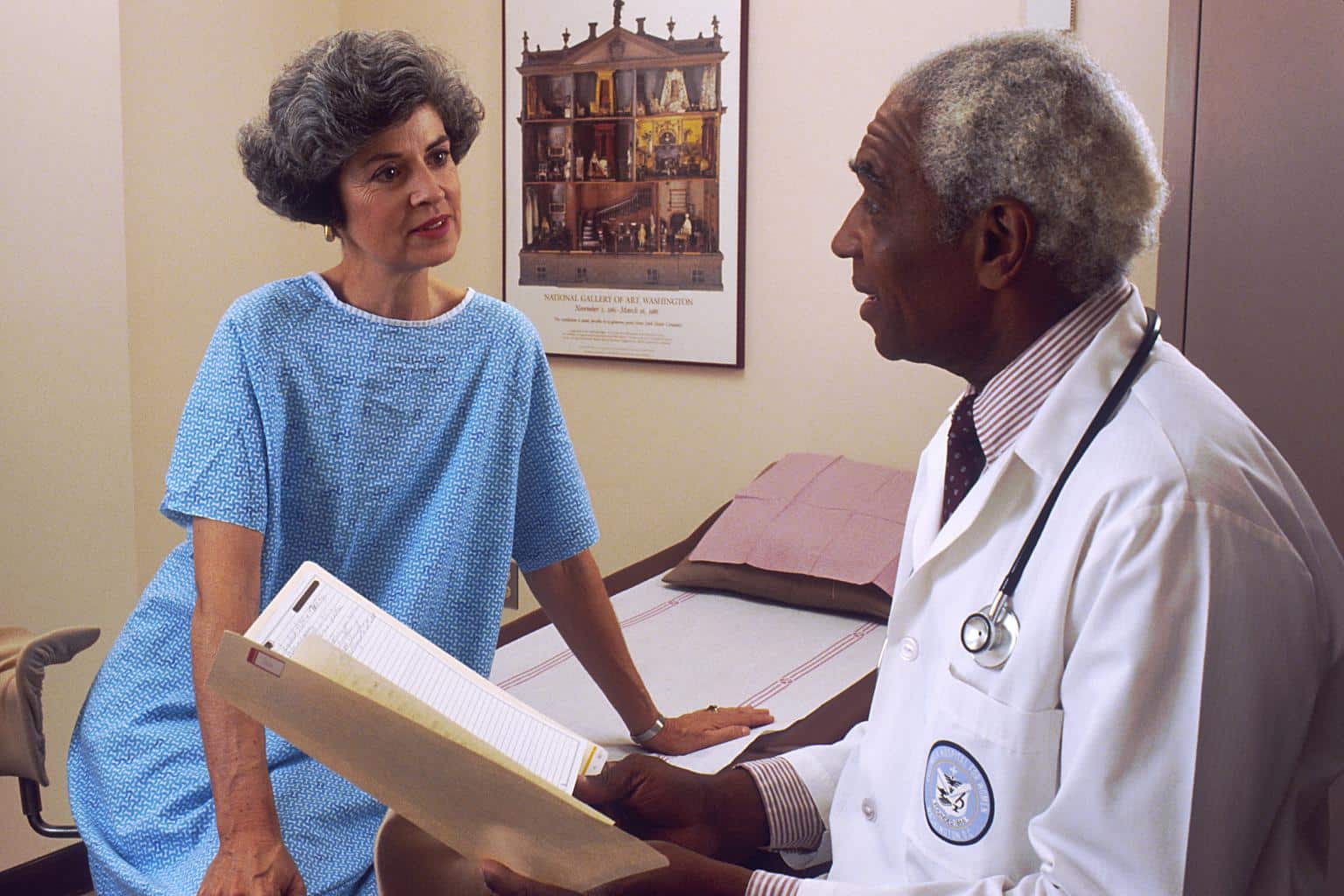Cardiac diagnoses are common in the adult general practice setting. Obtaining an accurate cardiac diagnosis relies on three main aspects. These are: 1) a detailed history; 2) a comprehensive cardiac physical examination and; 3) an electrocardiogram. Learn how to perform an expert cardiac evaluation.
Detailed Patient History
In general, a cardiovascular history looks for four major disease states: Coronary Artery Disease (CAD); Congestive Heart Failure (CHF); Arrhythmias and; Peripheral Arterial Disease (PAD). Questions posed to the patient seek out this information.
Coronary Artery Disease (CAD)
Here you ask about chest pain; shortness of breath, particularly with exertion; and diminished exercise tolerance.
Congestive Heart Failure (CHF)
Here you ask about shortness of breath at rest or with exertion; orthopnea (inability to lay back); paroxysmal nocturnal dyspnea (waking up in the middle of the night gasping for air and having to sit up); edema (swelling); acute weight gain; and decreased exercise tolerance.
Arrhythmias
Questions here inquire about palpitations; syncope (fainting) and; near syncope (feeling lightheaded or if you might faint).
Peripheral Arterial Disease (PAD)
Here you ask about claudication (cramps in the legs with walking or in the arms with upper extremity activity) and; cramps when standing for a period of time.
Comprehensive Cardiac Physical Examination
A comprehensive cardiac physical examination demonstrates signs to diagnose cardiac disease. It is important to listen to the heart for clicks, rubs and murmur. The heart should be palpated for heaves, thrills and displacement. Check the arteries and veins in the neck and palpate pulses throughout the body.
Electrocardiogram
The electrocardiogram is the most commonly uses test for the diagnosis of heart disease (1). They significantly contribute to the diagnosis and management of cardiac conditions such as arrhythmias and acute myocardial ischemic syndromes (1). ECGs are safe, easy to administer and available at minimal cost (1). It is within the realm of every practicing physician to master ECG reading skills.
What’s Next?
Once the above three things have been done, you make a presumptive diagnosis and then decide what tests, if any, are needed to confirm or exclude your suspicions. Remember that the ultimate goals in medicine are to help a patient live longer, to relieve symptoms or to prevent a catastrophic medical event. If any one of these goals is not achievable, then tests or treatments may not be necessary. If you have any doubts, then a cardiac referral is considered. So use all of your skills and knowledge to appropriately diagnose and treat your cardiac patients.




